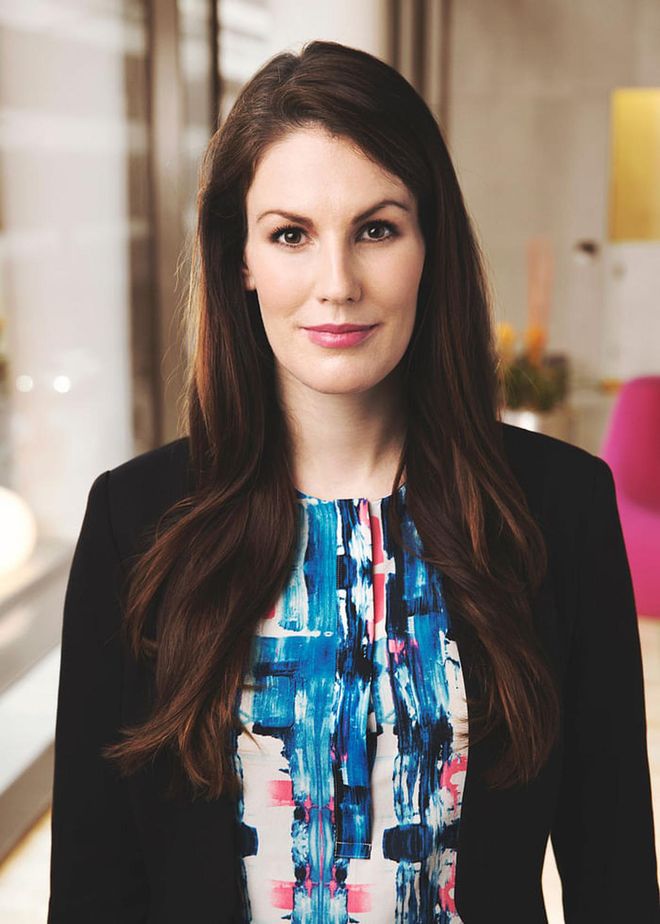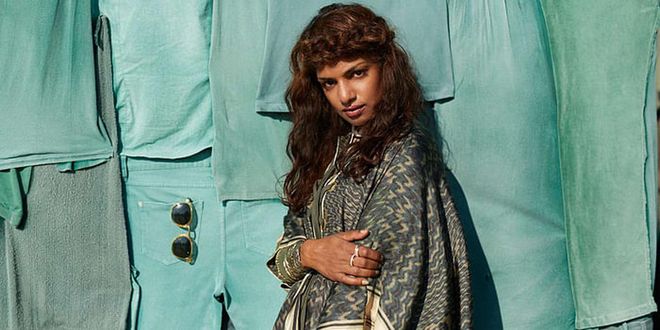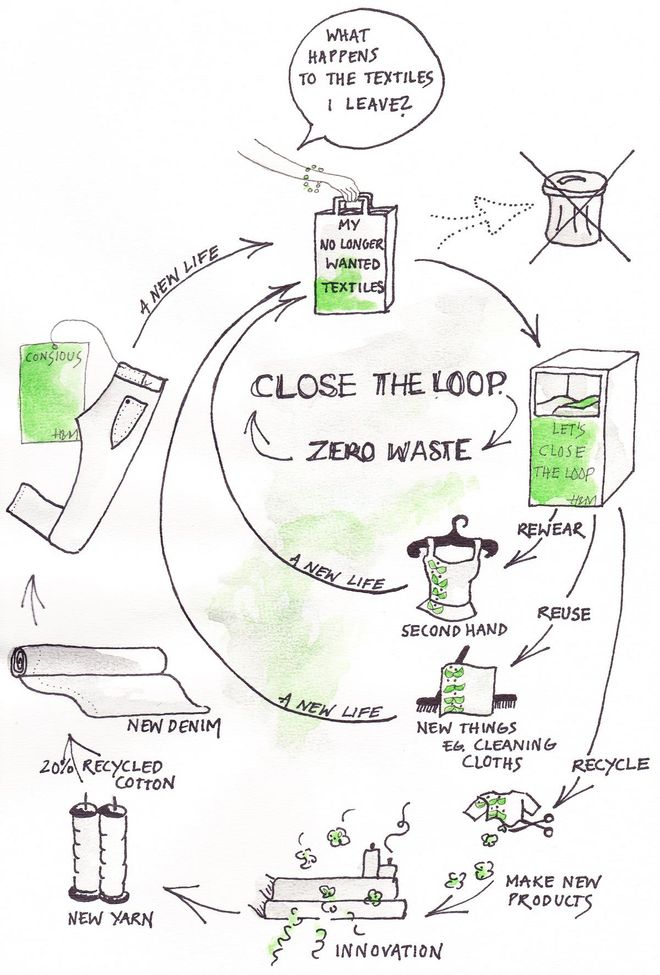The Ultimate Guide To Sustainability & Saving The Earth
Anna Gedda, H&M's Head of Sustainability, talks to us about fashion consciousness and creating a new cycle of sustainability in fashion


Anna Gedda. Photo: Courtesy
anna gedda h&m
Harper's BAZAAR Singapore: What does sustainability mean to you?
Anna Gedda: Sustainability to me is quite simple: I have two small kids and I want to make sure that they really have a good place to grow up in, so that they will have kids that will grow up in a great place. It is really about making sure whatever materials we use today, can be used tomorrow too.
HB: How is H&M specifically reaching out to their consumers and to the people who are producing the clothes? How are you actually making this cycle (closing the loop) sustainable?
AG: To close the loop, you need a few different stages. The first step is to make sure that the people do not throw away the clothes—these are actually good resources that can be used to make new clothes, so we need to make sure that they put it back into the system. We have carried out different initiatives to inform and engage with customers about that, and, of course, being able to hand in your clothes in our stores is the best example of that. We also do a lot of campaigns, including the music video with M.I.A., which are all about that—so that's the first step.

Photo: Courtesy
H&M teams up with MIA
Now, once you have the clothes in the system you want to make sure that they can either be worn again—such as perfectly wearable clothes that will be sold to second hand shops—or recycled if they cannot be worn again. Today, we have the technology that makes it possible to take fibre from old jeans, for example, and turn them into new jeans with additional fibre for reinforcement. So, we look at different kinds of innovation and technological solutions to make that happen and we have been able to produce products using these techniques, but we want to do a lot more in the future and also, to use other materials.
That is one of the reasons why we initiated the Global Change Award, which is this innovation challenge—the purpose is to really find the solutions that can help us close the loop. Of course, this also means working with different suppliers, who are working with this kind of technology, and say that, “we believe that this is the future, so if you can help us find good solutions to this then we will be your customers"—and that is also one way we drive technological development forward.

Photo: Courtesy
h&m sustainability
HB: So it is really looking at every step of the process, and finding out how to make it more environmentally-friendly and sustainable for the whole world.
AG: Yes. exactly! And seeing how we can collect all the garments and make sure that they have the longest life as possible. Besides that, it's about thinking how those clothes that can’t be used in their original shape anymore can be then turned into new products by recycling them. I think it goes back to the mindset that when you buy something, you should really buy something that you like and then you should really care for it. So we try to encourage customers to find good ways of taking care of their products: Such as washing them in 30 degrees Celsius instead of 60 degrees Celsius, which both saves the environment but also stresses the product less; that you leave it out to air instead of drying it —so that they can have a longer life.
HB: So is that how you came up with your new sustainable material, Denimite?
AG: Yeah, it’s actually fibres from old jeans that are shredded up apart that becomes this big fluffy mess. Then you mix it together with a resin—it’s like an organic oil—and it becomes this big liquid mass, which you then compress under high temperature until you get this cardboard/stone-like material, but it is really light.
When you first see them, you would think that it's stone almost, but they are not heavy—they are are actually incredibly light. In its raw form, it resembles a big cardboard, which can be cut into different pieces and shapes. In the 2016 H&M Conscious Exclusive collection, it is a little more art décor, but you can basically turn it into whatever forms you like.
HB: In terms of education on sustainability, how are you guys engaging with the local markets that you guys are in?
AG: We are a global brand but we operate in 61 markets, so of course we have different customers who are interested in different things and different topics that are relevant to their own markets. So we do have a global agenda and a global strategy, but that is something that we try to adapt to each country that we are in. We look at how can we do it in the best way, given the conditions in those markets, but we also look at what is interesting for customers in each market.
For example, in China, we know that most customers are really engaged when it comes to chemicals used in products. That's why we try to focus more on how we can communicate more on the chemicals we use, because that is something closer to their hearts. Whereas in Sweden or Norway, people are more concerned about the social conditions, which the clothes are produced under, so we then focus our communications around that. While the global strategy does not really change—because that is about securing resources and the future of H&M—but we can choose different things to communicate to different customers, depending on what they really find engaging.
I just told this story this morning: My five-year-old had my husband on her side and said, “Dad, do you want to ruin the planet?”
“Well, no, of course not,” he said.
“Then you should buy an electric car,” she replied matter-of-factly.
So, I do spend a lot of my time thinking not just about what we do in H&M and how we can make our industry better, but what I can do as a consumer as well. You get very inspired, but also very well aware of the challenges working with those kind of issues. I think it is as important that when you work with this in the job, that you also bring that with you to your private life.
By Pakkee